15 Tips to Promote Color Confidence
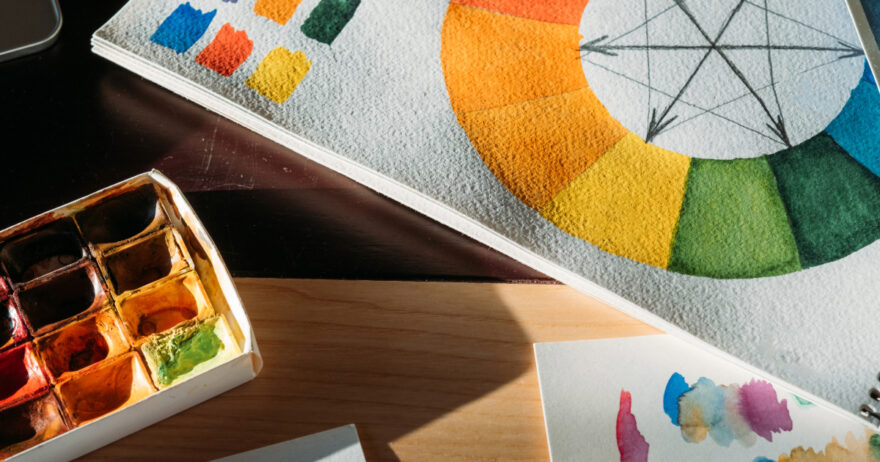
The July/August 2024 issue of Artists Magazine features articles that explore various topics relating to color. For example, we asked three artists and workshop instructors: What can an artist do to develop color confidence? Here were their responses:
Experiment fearlessly. Play with color, a lot. Learn the basics of color theory even if it’s just using a color wheel. Do less worrying that you might make ‘mud’ and just see what happens when you combine colors or place them next to each other. — LYN ASSELTA
Use a limited palette. When you eliminate the unnecessary options and just have a red, a yellow and a blue, you’ll simplify your life. And, you’ll learn how to create beautiful combinations of colors without having to rely on the myriad tubes of paint available at the store. — KATHLEEN DUNPHY
Get a color wheel. I recommend getting the Stephen Quiller color wheel. Then, use it to figure out where your favorite colors fall on the wheel. It helps so much to have true primaries and secondaries that mix to an even, balanced neutral. You can be confident you’ll make a beautiful sky if you lay down a pale wash of Winsor orange to give clouds a warm glow, and then paint your sky color with a cobalt blue, without worrying that you’ll create an unintended greenish tint where these colors overlap. — DAN MONDLOCH
We asked, and you answered!
We also took the question (What can an artist do to develop color confidence?) to our broader Artists Network audience, and we’re happy to share a selection of the many, many fantastic bits of advice you offered!
Practice daily. Make 6×8 color sketches from 6×8 value sketches, daily. After 30 days, place them side by side and then rejoice in your success! — EVE MILLER
Study color theory. And then make tons and tons and tons of color studies using different color schemes based on what you learned. — KRISTIN WHITNEY
Explore! Try new color combinations. Study old masters. Find out which colors pop. Mix. Swatch. Repeat. — JUDY WOOD
Play with color in a new medium. I’m an oil painter, but when I started exploring pastels, I found new color combinations and felt much freer to experiment—which in turn helped my oil painting. — LAURA BLACKWELL
Make use of complements. Know that you can tone down any color by simply adding a touch of its complementary color. — MARY ANN WILKISON
Make color charts. These charts will help you make color decisions. Very valuable! — PAT WATTAM
Consider Values. Understand that if you get your values right, you can use almost any color with that value. So, you can use the colors that you love. — BETTY SCHRIVER
Know which type of artist you are. If you are more process-oriented, dive deep into color theory and color wheels, etc. If you favor a more intuitive style (as I do), then play a lot. Try things. Risk failure and learn from it. You can see the two approaches in the advice shared here. It’s good to have a bit of both, but knowing which path is most natural to you will help you choose your steps. — LAUREL LAKE MCGUIRE
Pick some colors for your palette and stick with them for a while. Learn the mixes you can make and how your colors relate to one another in a painting. Color studies are another confidence booster. They can help determine your colors prior to starting your painting. — LORRAINE WATRY
Learn from your likes. Look at artists whose art attracts your eye and study how they use color. — ANA HURM
Try a color exercise. Put a picture (or magazine page) in a plastic sleeve and try to mix the colors you see. Test out your colors by putting swatches on the plastic and compare results. If it’s right, swatch out that color in a journal along with your color-mix recipe. This really trains your eye and builds confidence. — JODI OHL
Practice copying works from the masters. And use a gray palette for oils to get a better feel for saturation and hues. — JAN GEE
Follow us @ArtistsNetwork on Instagram and Facebook to become part of the conversation!
From Our Shop
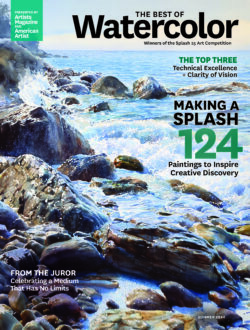

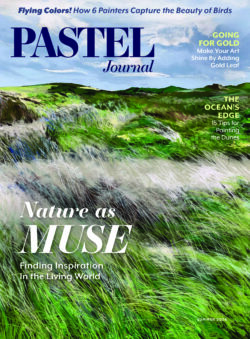
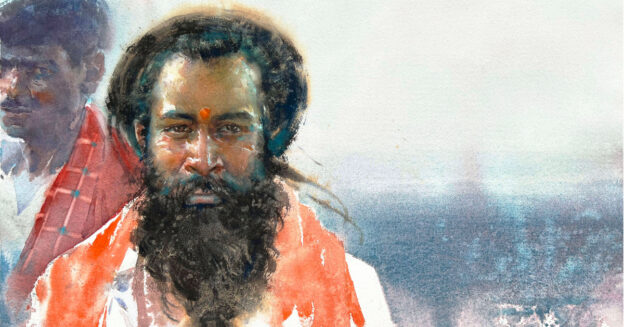


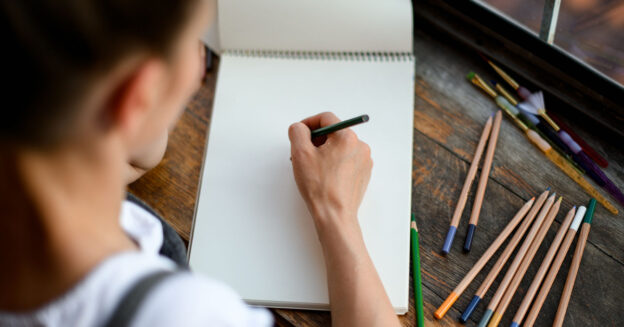
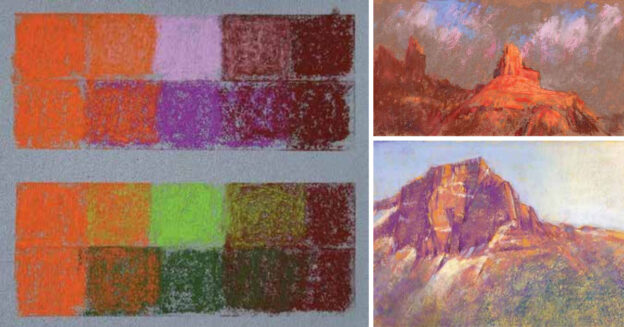
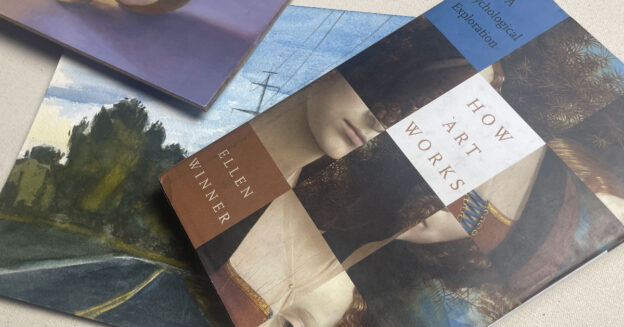



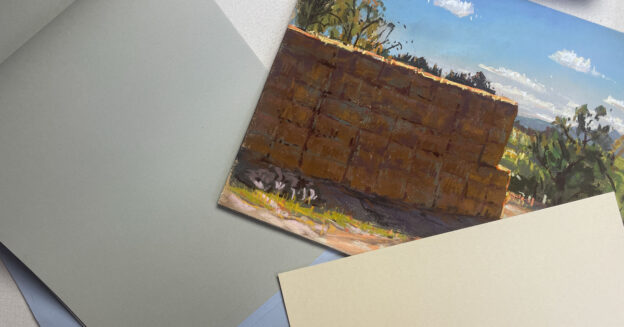
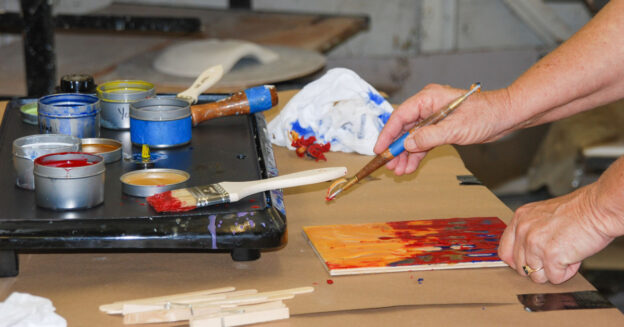

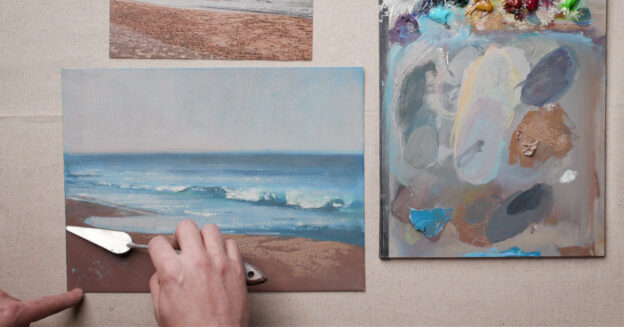



Join the Conversation!